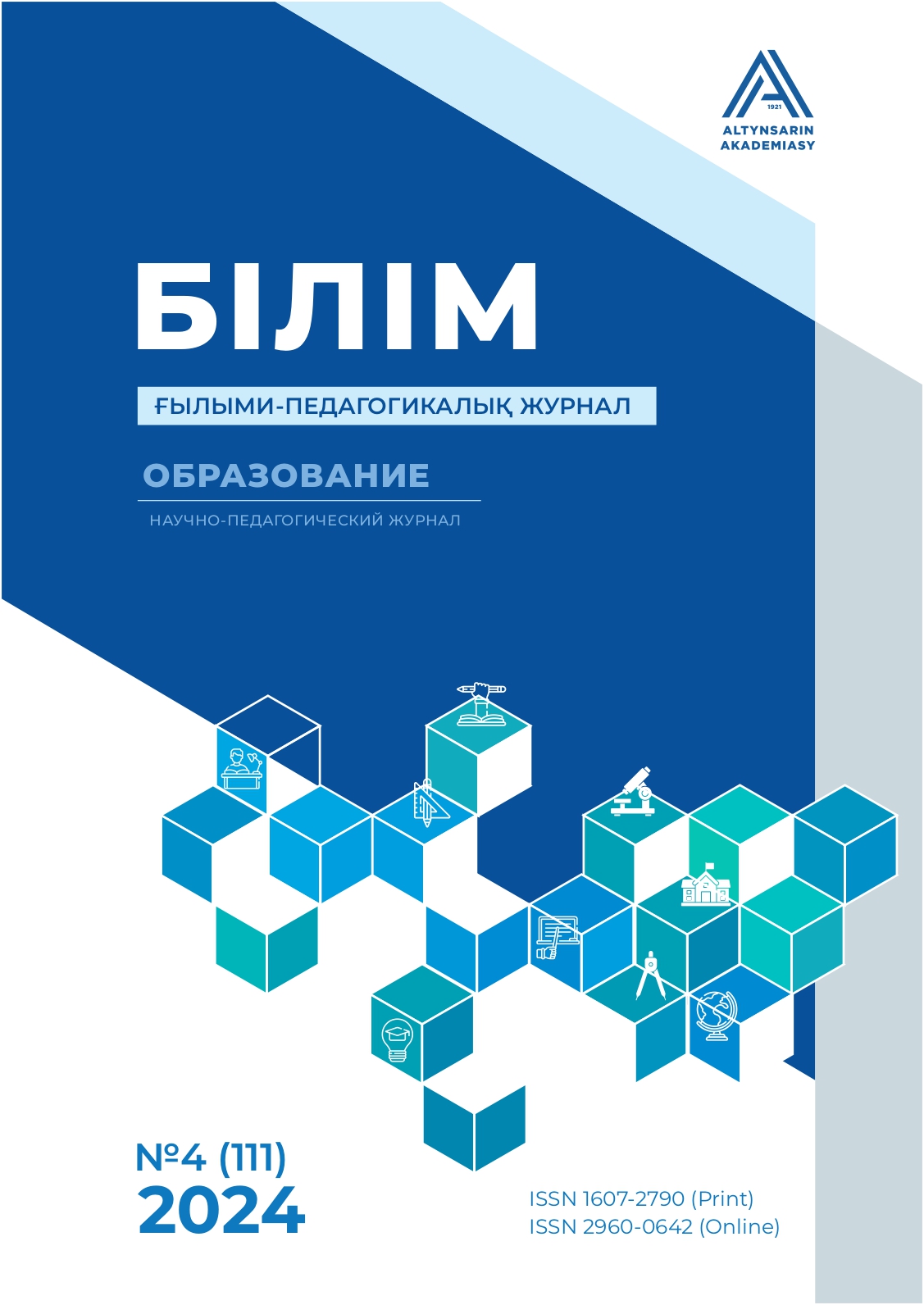The importance of social partnership in the development of the teachers’ competitiveness in the secondary education
DOI:
https://doi.org/10.59941/2960-0642-2024-4-248-258Keywords:
Secondary Teachers’ Competitiveness, Social Partnership, Educational Assessment, Practical Experience, Technological ProficiencyAbstract
This article explores the multifaceted challenges associated with improving the competitiveness of prospective educators through social partnerships. It begins with an examination of the contemporary landscape of teachers in the secondary education, highlighting the growing importance of integrating social partnerships into educational frameworks to enhance secondary education teachers’ training and development. The introduction outlines the significance of balancing various input factors, such as educational background, practical experience, skills, stakeholders’ feedback, and technological proficiency. The methodology section presents a comprehensive approach to assessing secondary education teachers’ competitiveness, utilizing a range of assessment methods including competency tests, performance evaluations, feedback surveys, practical assignments, and digital literacy assessments. By analyzing data through pie charts, the study offers a visual representation of the proportional impact of assessment method on secondary teachers’ competitiveness. The discussion delves into the implications of these findings, emphasizing the need for a balanced approach in integrating educational and practical components into teacher training. It addresses the challenges of standardizing assessment methods and the critical role of technological proficiency. The study advocates for enhanced social partnerships to support continuous improvement. In conclusion, the article asserts that effective implementation of social partnerships and a diversified assessment approach are essential for developing competitive secondary educators.
The methodology section presents a comprehensive approach to assessing teacher competitiveness, utilizing a range of assessment methods including competency tests, performance evaluations, feedback surveys, practical assignments, and digital literacy assessments. By analyzing data through pie charts, the study offers a visual representation of the proportional impact of assessment method on teacher competitiveness.
The discussion delves into the implications of these findings, emphasizing the need for a balanced approach in integrating educational and practical components into teacher training. It addresses the challenges of standardizing assessment methods and the critical role of technological proficiency. The study advocates for enhanced social partnerships to support continuous improvement.
In conclusion, the article asserts that effective implementation of social partnerships and a diversified assessment approach are essential for developing competitive future educators.
 ҚАЗ
ҚАЗ РУС
РУС ENG
ENG
